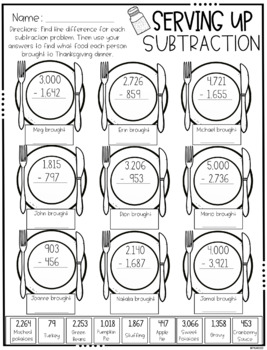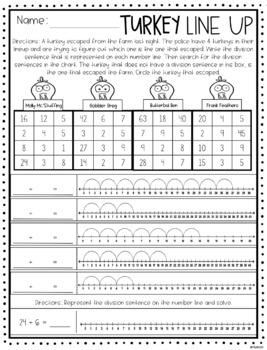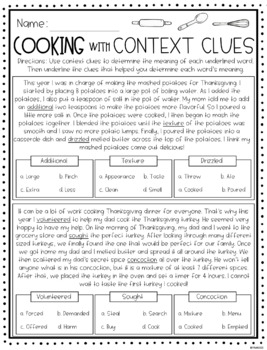Third Grade Thanksgiving Math and Reading Worksheets | Thanksgiving Packet
- PDF
- Easel Activity
What educators are saying
Also included in
- These holiday math and reading worksheets are the perfect worksheets to share with your students around the holidays. These engaging, fun, and educational worksheets are perfect for homework, holiday take-home packets, morning work, center work and more. There is no prep involved for these packets.Price $20.25Original Price $22.50Save $2.25
Description
Looking for the perfect no prep Thanksgiving packet to send home with your students? Do you need some Thanksgiving themed worksheets to brighten up your November activities? Look no further than this 3rd Grade Thanksgiving packet. This product includes over 40 pages of Thanksgiving themed worksheets. There are Thanksgiving math worksheet pages, Thanksgiving reading worksheet pages, Thanksgiving writing pages, Thanksgiving language arts worksheet pages, and a fun Thanksgiving themed science experiment.
Check out the preview for additional information
Thanksgiving Math Includes:
Rounding to the nearest 10 & 100
Rounding to the nearest 10, 100, & 1,000
3 - Digit Addition
4- Digit Addition
3- Digit Subtraction
4- Digit Subtraction
Multiplication Facts
Multiplication Strategies: repeated addition, arrays, equal groups, number line
Division Facts
Division Strategies: repeated subtraction, arrays, equal groups, number lines
Multiplication & Division Fact Families
Word Problems: Addition, Subtraction, Multiplication, & Division
Time to the Nearest 5 Minutes
Pictograph (Read)
Bar Graph ( Create)
Thanksgiving Reading & Language Arts Includes:
Nonfiction Thanksgiving Passage - Author's Purpose Focus
Fiction Thanksgiving Passage - Author's Purpose Focus
Author's Purpose Mini Passages
Author's Purpose Book Report Page
Synonyms & Antonyms
Verb Tenses
Vocabulary - Using Context Clues
3 Thanksgiving Writing Prompts
1 Science Experiment
2 Just For Fun Thanksgiving Themed Worksheets
All VA SOL aligned
Want More Thanksgiving?
Thanksgiving Morning Work Cards
Want More Holiday Math & Reading Packets?







